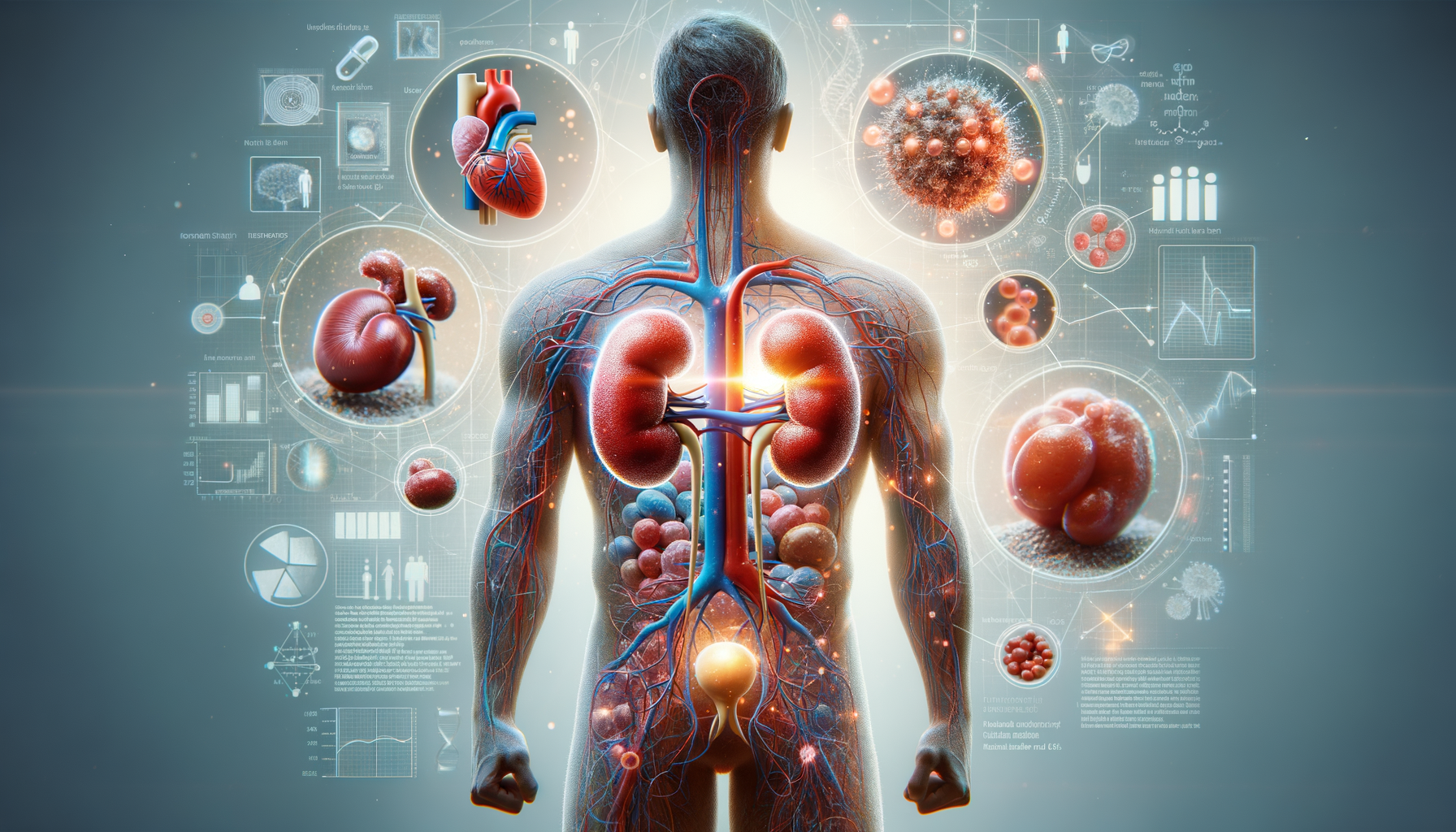
Understanding Stage 3 CKD
Recognizing Stage 3 Chronic Kidney Disease
Stage 3 chronic kidney disease (CKD) represents a significant decline in kidney function, where the glomerular filtration rate (GFR) falls between 30 and 59 mL/min. At this stage, kidneys are moderately damaged, and waste products can start to build up in the blood, leading to more noticeable symptoms. Understanding this stage is crucial as it marks a turning point where proactive management can still slow progression.
Individuals with stage 3 CKD may experience symptoms such as fatigue, swelling in the extremities, and changes in urination patterns. These symptoms arise because the kidneys are less efficient at filtering waste and excess fluids. Additionally, patients might notice abnormalities in blood pressure, as the kidneys play a vital role in regulating it.
It’s important to note that stage 3 is divided into two sub-stages: 3a (GFR 45-59) and 3b (GFR 30-44), with the latter indicating more severe kidney damage. Early detection through routine blood tests can help identify CKD before it progresses to more advanced stages.
Causes and Risk Factors
Several factors contribute to the development of stage 3 CKD. The most common causes include diabetes and hypertension, both of which can damage the delicate blood vessels in the kidneys over time. Other contributing factors are autoimmune diseases, such as lupus, and chronic urinary tract infections.
Risk factors for CKD are diverse and include age, with older adults being more susceptible, and a family history of kidney disease. Lifestyle choices, such as smoking and a diet high in sodium and processed foods, can exacerbate the condition. Understanding these risk factors is essential for prevention and early intervention.
Moreover, certain ethnic groups are at a higher risk of developing CKD, including African Americans, Hispanics, and Native Americans. This disparity highlights the need for targeted awareness and screening programs within these communities.
Managing Stage 3 CKD: Lifestyle and Treatment Options
Management of stage 3 CKD focuses on slowing disease progression and managing symptoms. Lifestyle changes play a pivotal role, including adopting a kidney-friendly diet low in sodium, potassium, and phosphorus. Patients are often advised to increase their intake of fruits and vegetables while reducing processed foods.
Regular physical activity is encouraged to maintain a healthy weight and improve overall cardiovascular health. Exercise can also help manage blood pressure and blood sugar levels, which are crucial for kidney health.
Pharmacological treatment may include medications to control blood pressure, manage blood sugar levels, and reduce cholesterol. In some cases, doctors may prescribe medications to alleviate symptoms such as anemia or bone disease, which are common complications of CKD.
The Role of Regular Monitoring and Check-Ups
Regular monitoring is essential for individuals with stage 3 CKD. Routine blood and urine tests help track kidney function and detect any changes early. Monitoring also includes measuring blood pressure and managing other health conditions that could impact kidney health.
Frequent check-ups with healthcare providers allow for timely adjustments to treatment plans. These visits are opportunities to discuss any new symptoms or concerns and to receive guidance on lifestyle modifications.
Healthcare teams often include nephrologists, dietitians, and other specialists who work collaboratively to provide comprehensive care. This multidisciplinary approach ensures that all aspects of a patient’s health are addressed, which is vital for managing CKD effectively.
Future Outlook and Research
Research in the field of CKD is ongoing, with scientists exploring new ways to slow disease progression and improve patient outcomes. Advances in genetic research may lead to more personalized treatment plans based on an individual’s genetic makeup.
Innovative therapies, such as regenerative medicine and new pharmacological agents, are being studied for their potential to repair kidney damage and restore function. Additionally, there is a growing emphasis on early detection and prevention strategies, which could significantly reduce the incidence of CKD.
Public health initiatives aimed at raising awareness about CKD and its risk factors are crucial. These efforts, combined with continued research, hold promise for a future where CKD is more effectively managed and potentially even prevented.


